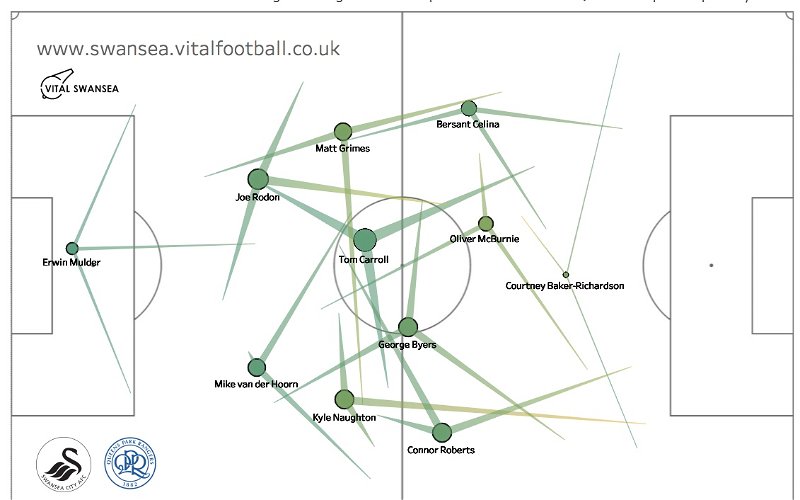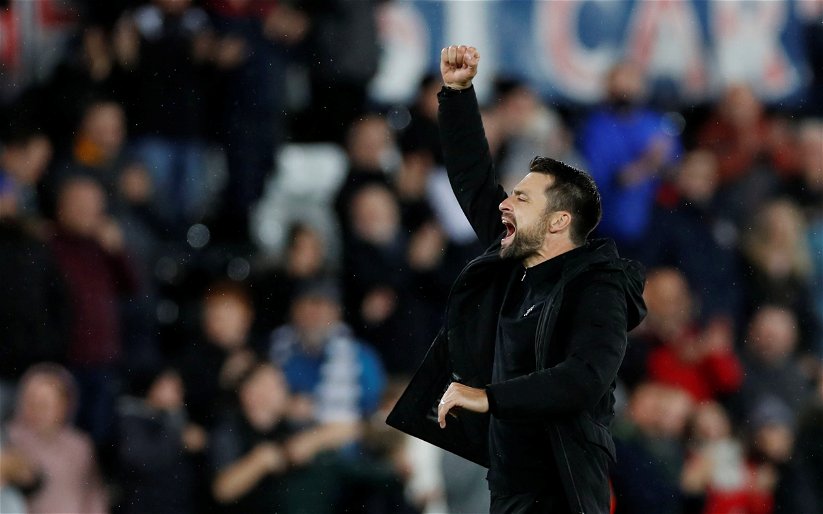Graham Potter has thrown up something different tactically in almost every game so far this season. The personnel has constantly changed to keep things fresh and to cope with injuries and he’s already used about four different formations in 10 League games but despite the lack of consistency – the 43-year-old is living up to his reputation.
Potter is receiving a lot of the plaudits for getting results despite so many changes but the players deserve plenty of praise too for buying into his ideas and being happy to do what they’re asked to. Already he’s played Grimes at left back, Naughton in midfield and McBurnie and Celina respectively in three different positions – they’ve just got on with the job rather than shown any frustration whatsoever that they’re not playing in their preferred positions week in week out.
Potter’s man-management skills to implement that sort of environment must be superb – but after all, he does have a Masters degree in social science.
He kept us guessing yet again when the teams were announced at 2 pm on Saturday afternoon. Who was playing where? What formation were we going to play? You can read more in-depth analysis on this here
In the end, it was a 4-2-3-1 but with McBurnie rather than Celina playing as a number 10 behind Baker-Richardson.
Average Pass Map
Looking at the average pass map below there’s a great balance about it on both sides of the pitch. Tom Carroll and George Byers were the two central pivots with Carroll playing slightly deeper than Byers.
Grimes and Naughton were the two fullbacks but as Potter later explained, they played versatile roles. Rather than running forward providing attacking width, they both moved inside to add support in midfield.
Some of the other observations from the average pass map below are Mulder’s shorter passes with very few passes forced long and direct to the forwards.
Baker-Richardson’s passing involvement was very little with just 5 passes but he left McBurnie behind him to do most of the hard link-up work.

Defensive Phase Pass Map
The low, defensive phase pass map is also an interesting one, particularly on the right side. Judging from the pass map, Byers offered a great option, receiving a high number of passes from van der Hoorn, Naughton and Roberts. He then played most of his low phase passes forwards to the right flank, backwards or switching play to his midfield partner, Carroll.

Attacking Phase Pass Map
In previous attacking pass maps this season we’ve seen the team splitting to the flanks and playing most of their passes in wide areas but it was good to see more central play against QPR.
Oli McBurnie dropped deeper to sit in between Carroll and Byers who could sit more centrally and link up with both the wide players and McBurnie inside of them. You can notice below, both Byers’ and Carroll’s pass locations are similar – passes to the flank, inside to McBurnie and backwards to defenders.




